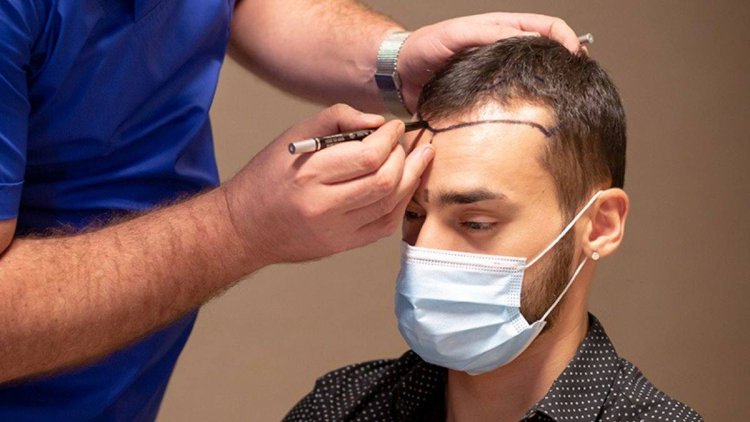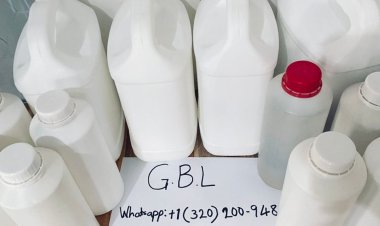How Long Do Transplanted Hairs Last in Islamabad Climate?
Hair Transplant in Islamabad is a life-changing decision. As hair restoration becomes more accessible and advanced, patients not only want natural-looking results but also want to know how long these results will last—especially considering Islamabad’s unique climate.
Share this Post to earn Money ( Upto ₹100 per 1000 Views )

For many individuals dealing with hair loss, undergoing a Hair Transplant in Islamabad is a life-changing decision. As hair restoration becomes more accessible and advanced, patients not only want natural-looking results but also want to know how long these results will last—especially considering Islamabad’s unique climate. This question is crucial for people who are planning for long-term benefits from the procedure.
Islamabad is known for its diverse climate, featuring hot summers, cool winters, and varying humidity levels. These factors can influence scalp health, hair growth, and even the durability of transplanted hair. So, how long do transplanted hairs really last in this environment, and what can patients do to protect their investment?
Are Hair Transplants Permanent?
Hair transplants are considered a permanent solution to hair loss. This is because the follicles used in transplantation are typically harvested from the back or sides of the head—areas genetically resistant to balding. When these follicles are implanted into thinning or bald areas, they retain their genetic resistance and continue to grow naturally.
Once fully healed and integrated into the scalp, transplanted hair should last a lifetime in most cases. However, the key phrase here is “in most cases.” The longevity of results can depend on several factors, including your genetics, post-operative care, and environmental influences such as climate.
Understanding Islamabad’s Climate and Its Effects on Hair
Islamabad experiences four distinct seasons:
-
Hot, dry summers (May to August)
-
Mild to cold winters (November to February)
-
Monsoon rains (July to September)
-
Pleasant spring and autumn periods
Each of these weather patterns affects hair and scalp health differently:
-
Heat and humidity can cause scalp sweating, increasing the risk of infections or folliculitis if the scalp isn’t properly cared for.
-
Cold weather can lead to a dry scalp and brittle hair due to reduced moisture in the air.
-
Air quality, particularly during dry spells, can introduce pollutants that affect hair health.
That said, transplanted hair is no more sensitive to climate than your natural hair. However, because your scalp undergoes surgical trauma during a transplant, extra care is needed in the first few months of recovery, especially in challenging weather conditions.
How Long Do Transplanted Hairs Last?
Under normal conditions and with proper care, transplanted hairs can last a lifetime. Here’s how the process typically unfolds:
1. Initial Shedding Phase (2–6 Weeks Post-Transplant):
It is normal for transplanted hairs to fall out during this time. This shedding is called shock loss and is part of the natural hair growth cycle. Don’t panic—this phase is expected.
2. Dormant Phase (Up to 3 Months):
After shedding, hair follicles enter a resting phase. There may not be much visible growth, but new hairs are forming beneath the scalp.
3. Growth Phase (3–12 Months):
This is when most patients begin to see visible hair regrowth. The new hair will initially be thin and soft but gradually thickens and gains texture over time.
4. Long-Term Results (1 Year and Beyond):
After 12 months, the final outcome is typically visible. At this stage, transplanted hair blends seamlessly with existing hair and continues to grow naturally.
Provided there is no underlying medical issue or ongoing hair loss in surrounding areas, these results can last for many years—often decades.
Factors That Can Affect Longevity in Islamabad
Even though transplanted hair is considered permanent, several elements can influence its lifespan—especially in Islamabad’s environment:
1. Sun Exposure
Islamabad’s summer sun can be harsh. Prolonged exposure to UV rays can damage hair shafts and dry out the scalp. Wearing a hat or using a UV-protectant hair spray can prevent damage.
2. Water Quality
The quality of tap water, which often contains minerals and chlorine, can affect hair texture and scalp health. Using filtered water or rinsing hair with bottled water can be beneficial.
3. Humidity and Sweat
During monsoon or summer seasons, excess humidity can lead to sweating. If sweat accumulates on the scalp and is not cleaned properly, it can clog follicles and lead to infections, affecting hair growth.
4. Air Pollution
Pollution levels rise during dry seasons. Dust and pollutants can settle on the scalp, irritating it and potentially harming the hair roots. Regular washing with a mild shampoo is crucial.
How to Maintain Transplanted Hair in Islamabad
Transplanted hair can thrive in any climate, including Islamabad’s, as long as you take preventive steps:
✔ Use Mild Shampoos
Harsh shampoos with sulfates can dry out the scalp. Opt for dermatologically tested, mild shampoos that support hair health.
✔ Moisturize the Scalp
Cold weather can cause dry skin. Use light oils or scalp serums to maintain hydration without clogging follicles.
✔ Protect from UV Rays
Hats, scarves, and hair products with SPF can prevent sun damage.
✔ Maintain a Healthy Diet
Hair growth is heavily influenced by nutrition. Eat a diet rich in protein, omega-3 fatty acids, zinc, and vitamins to encourage long-lasting results.
✔ Avoid Smoking and Alcohol
These habits can constrict blood vessels, reducing blood flow to the scalp and weakening hair roots.
✔ Follow Up with Your Surgeon
Regular checkups help monitor hair health and ensure that there are no complications post-surgery.
Will You Need Another Transplant in the Future?
While transplanted hair is permanent, some patients may still experience thinning in other areas of the scalp. This is because a transplant only moves existing healthy follicles—it does not stop the progression of hereditary hair loss (androgenetic alopecia) in untreated areas.
If hair thinning continues in non-transplanted areas, a second session may be recommended to restore uniform density. Your surgeon can advise on preventive treatments such as:
-
PRP (Platelet-Rich Plasma) therapy
-
Medications like Finasteride and Minoxidil
-
Topical serums or supplements
Final Thoughts
The good news is that transplanted hair, once fully integrated into the scalp, is just as durable and resilient as your natural hair. Islamabad’s climate—though varied—does not significantly reduce the lifespan of transplanted hair as long as you follow proper aftercare instructions and protect your scalp from environmental stressors.
Choosing a reputable clinic with experienced surgeons can make all the difference in ensuring your transplanted hair lasts a lifetime. If you’re considering a Hair Transplant in Islamabad, it’s important to consult with specialists who understand both the science of hair restoration and the influence of local environmental factors.
For expert advice, personalized care, and long-lasting results, reach out to Dynamic Clinic—a trusted name in hair restoration and cosmetic treatments in Islamabad.














